Spanning a whopping 1,550 miles wide, the South Pole-Aitken Basin is one of the largest preserved impact craters in the solar system. This colossal lunar scar conceals vital clues about the Moon’s interior composition and primordial history.
Space agencies worldwide are zeroing in on this unique region for scientific study. Understanding its formation could rewrite our knowledge of how rocky worlds evolve.
Secret Under the Moon Surface
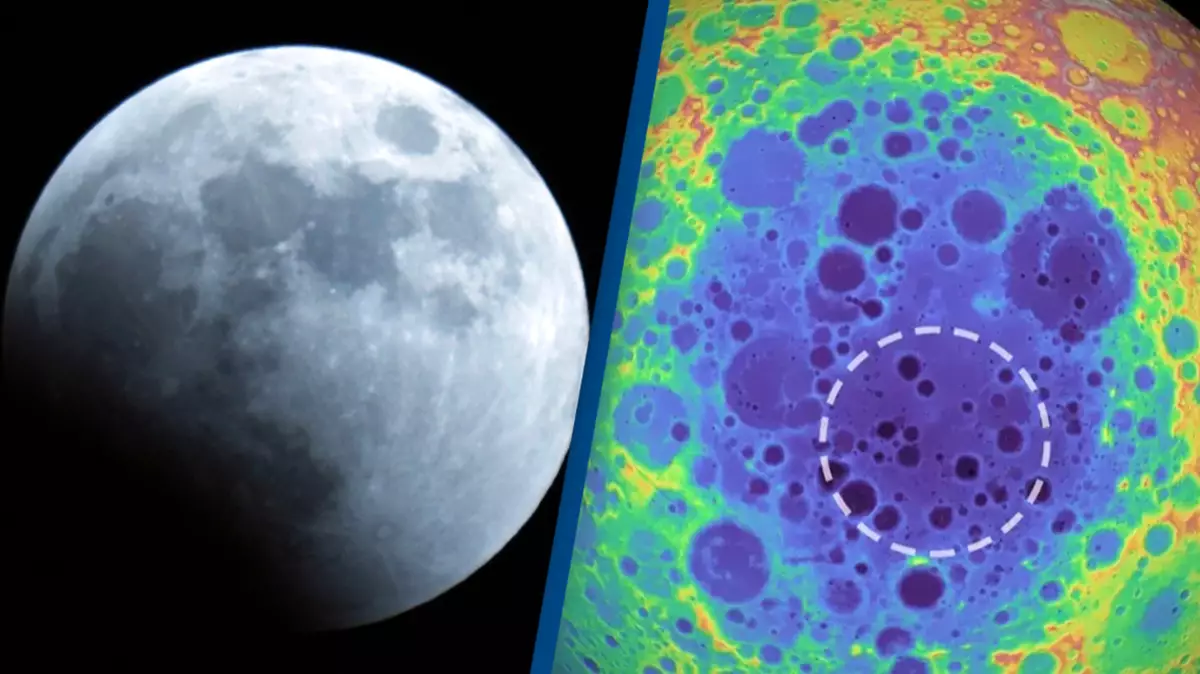
Buried beneath the South Pole crater’s floor lies an anomaly of truly mind-boggling proportions – a dense structure weighing over 2 billion kilograms. This gargantuan mass extends over 180 miles deep and an astonishing 1,200 miles long.
Researchers theorize it could be metallic asteroid remnants or crystallized chunks of an ancient lunar magma ocean. Its colossal size defies comprehension, akin to burying a metal pile five times larger than Hawaii.
NASA’s Ingenious Lunar Gravity Mappers Solve Mystery
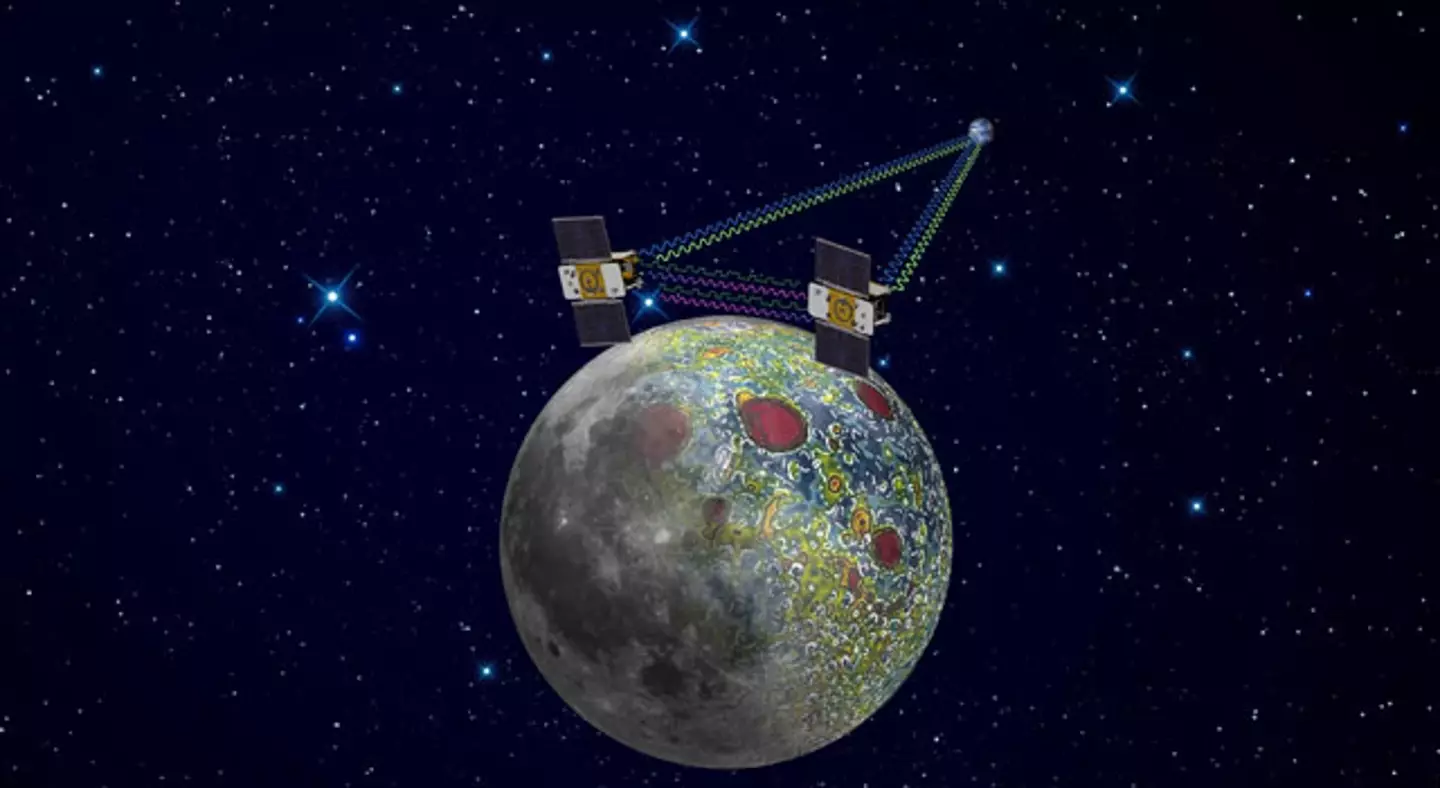
This jaw-dropping discovery emerged thanks to the brilliant GRAIL mission. It is used to precisely mapped the subtle variations in the Moon’s gravitational field.
By detecting these minute gravitational nuances, GRAIL’s twin spacecraft unveiled the buried behemoth’s existence. It revolutionizes our grasp of the Moon’s interior architecture.
Cosmic Collision or Primordial Cooling?
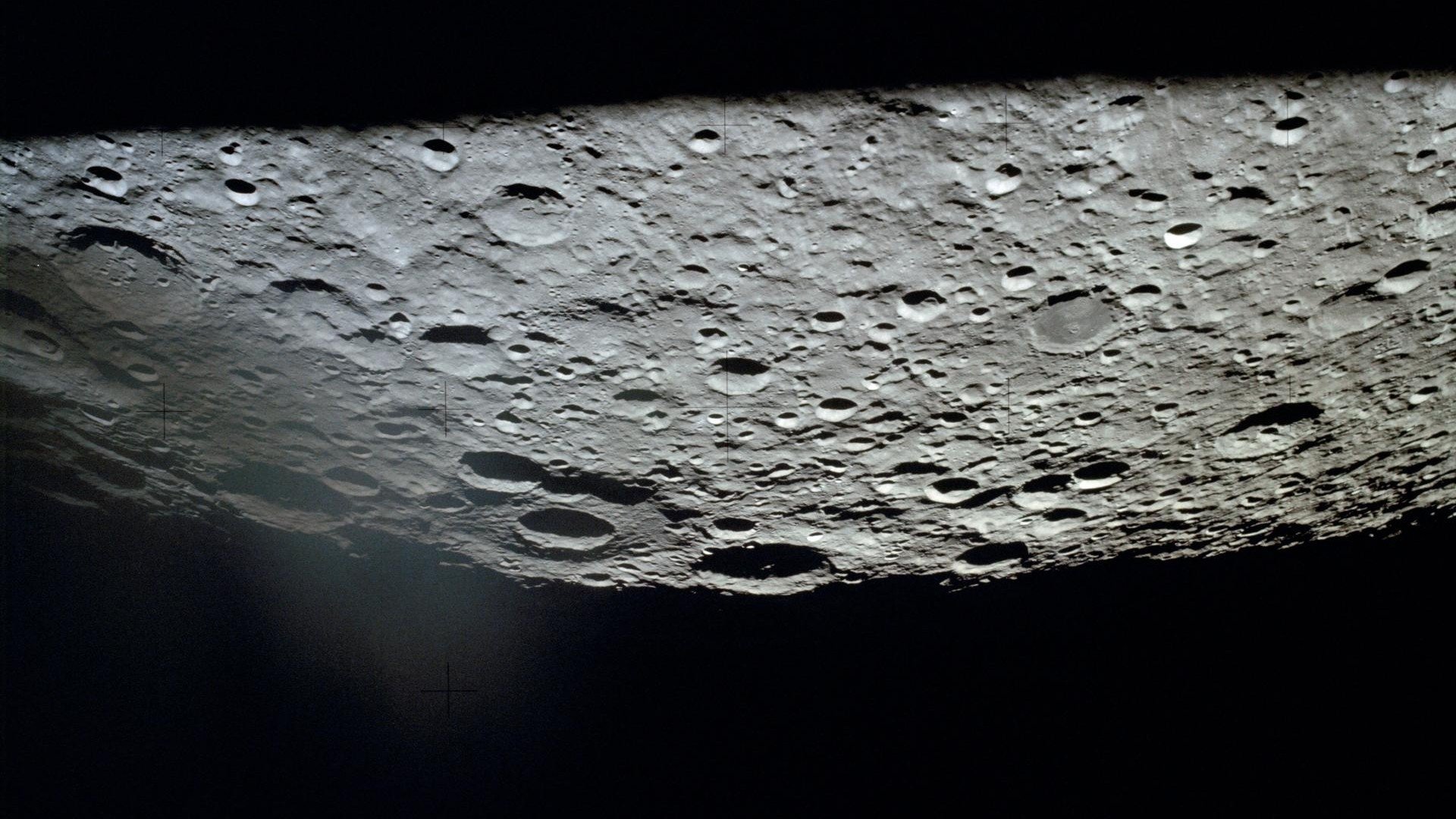
What cataclysmic events forged this titanic underground anomaly? This thought lead researcher offers two compelling possibilities.
One theory says the anomaly is the metal core of the crater-causing asteroid trapped in the mantle. The other says it formed from dense oxides when the primordial lunar magma ocean cooled and crystallized.
A Prime Target for Lunar Surface Explorers
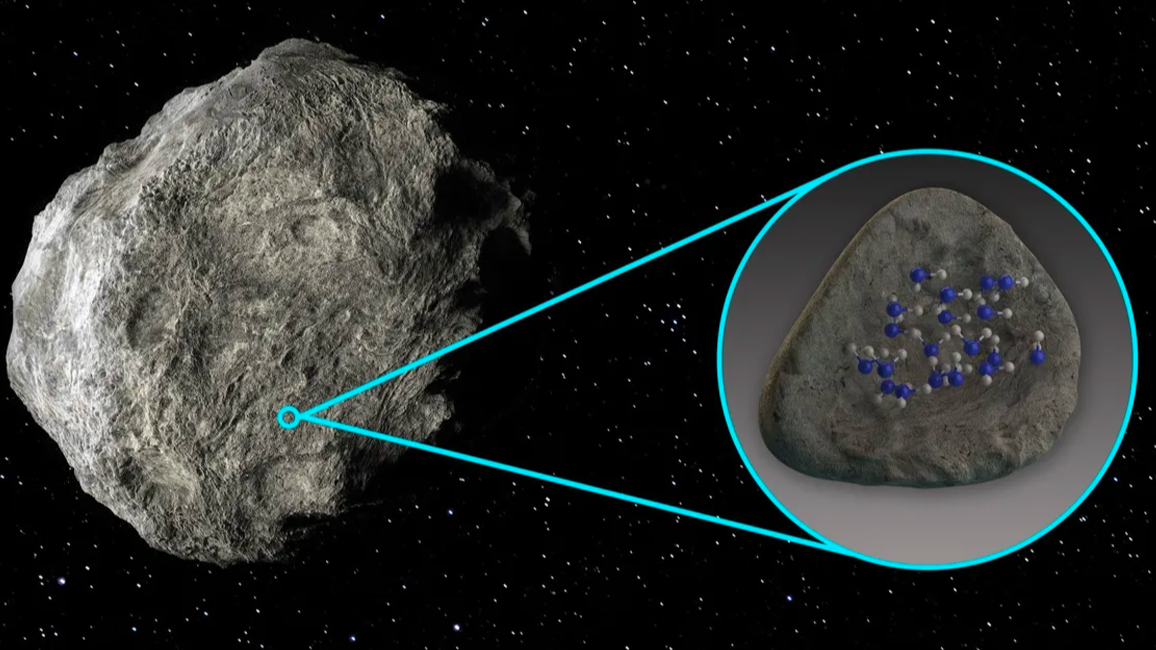
The South Pole crater region is a prime destination for upcoming robotic lunar landers and crewed missions. India’s pioneering lander aims to touch down here.
While NASA’s Artemis 3 hopes to land astronauts right at the lunar south pole. This unique area serves as a testing ground to study major impacts on rocky worlds and trace the evolution of the Moon.
Computer Simulations Recreate Cosmic Cataclysms
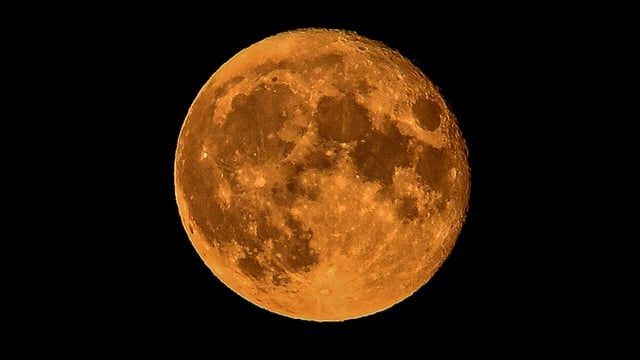
To investigate the origin of this colossal underground mass, researchers ran computer simulations of how it may have formed. One scenario: When the massive asteroid struck 4 billion years ago.
Its dense metallic core remained trapped in the mantle instead of sinking to the Moon’s core. Another simulation looked at the Moon’s fiery birth, suggesting dense oxides settled as the original ocean of melted rock crystallized into solid form.
Its Immense Weight Pulls Down the Lunar Surface
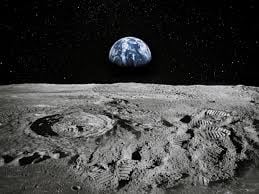
The sheer mass of this underground behemoth actually pulls down the entire crater floor by nearly a kilometer. Its powerful gravitational pull provides unprecedented insights into the variations in the Moon’s interior composition and density.
These findings reveal how unimaginable cosmic forces shaped our celestial neighbor over billions of years. Unlocking the Moon’s secrets could teach us a lot about how the universe began.
The South Pole Basin: A 4-Billion-Year Cosmic Time Capsule
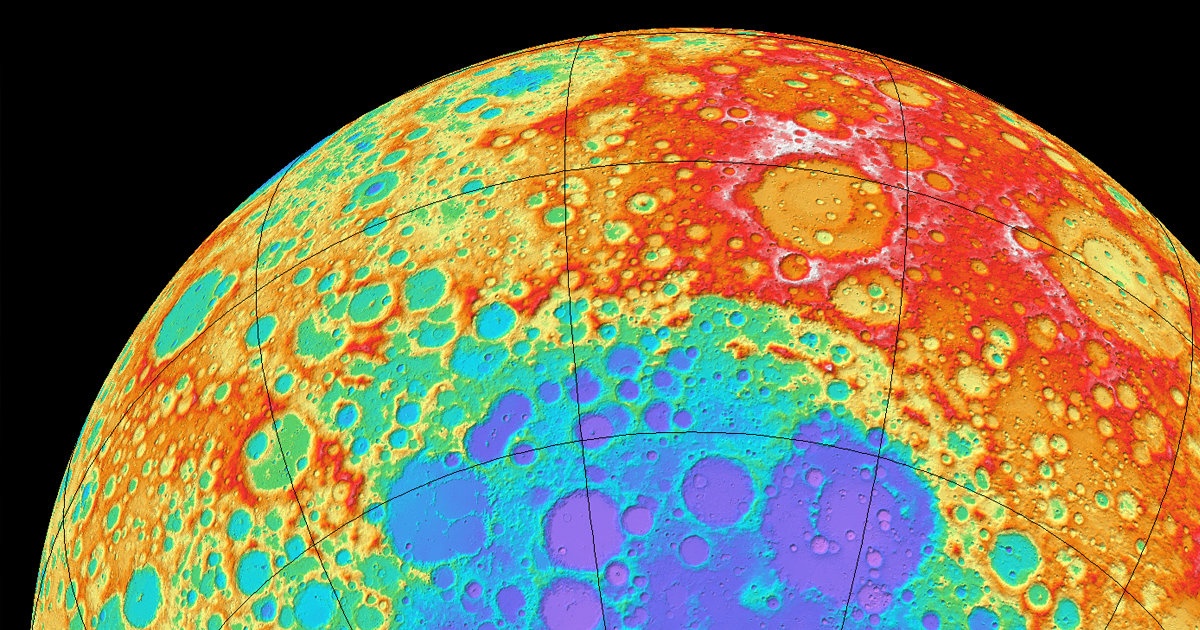
Formed a staggering 4 billion years ago during the tumultuous birth of our solar system, the South Pole crater basin is like a cosmic time capsule. It preserves precious evidence from that chaotic era when cataclysmic asteroid impacts battered the primordial Earth.
Studying the South Pole basin could shed light on how these impacts gave rise to our world as we know it. The Moon has captivated humans for thousands of years with its changing shapes and dark, unknown side.
The South Pole Basin: A 4-Billion-Year Cosmic Time Capsule
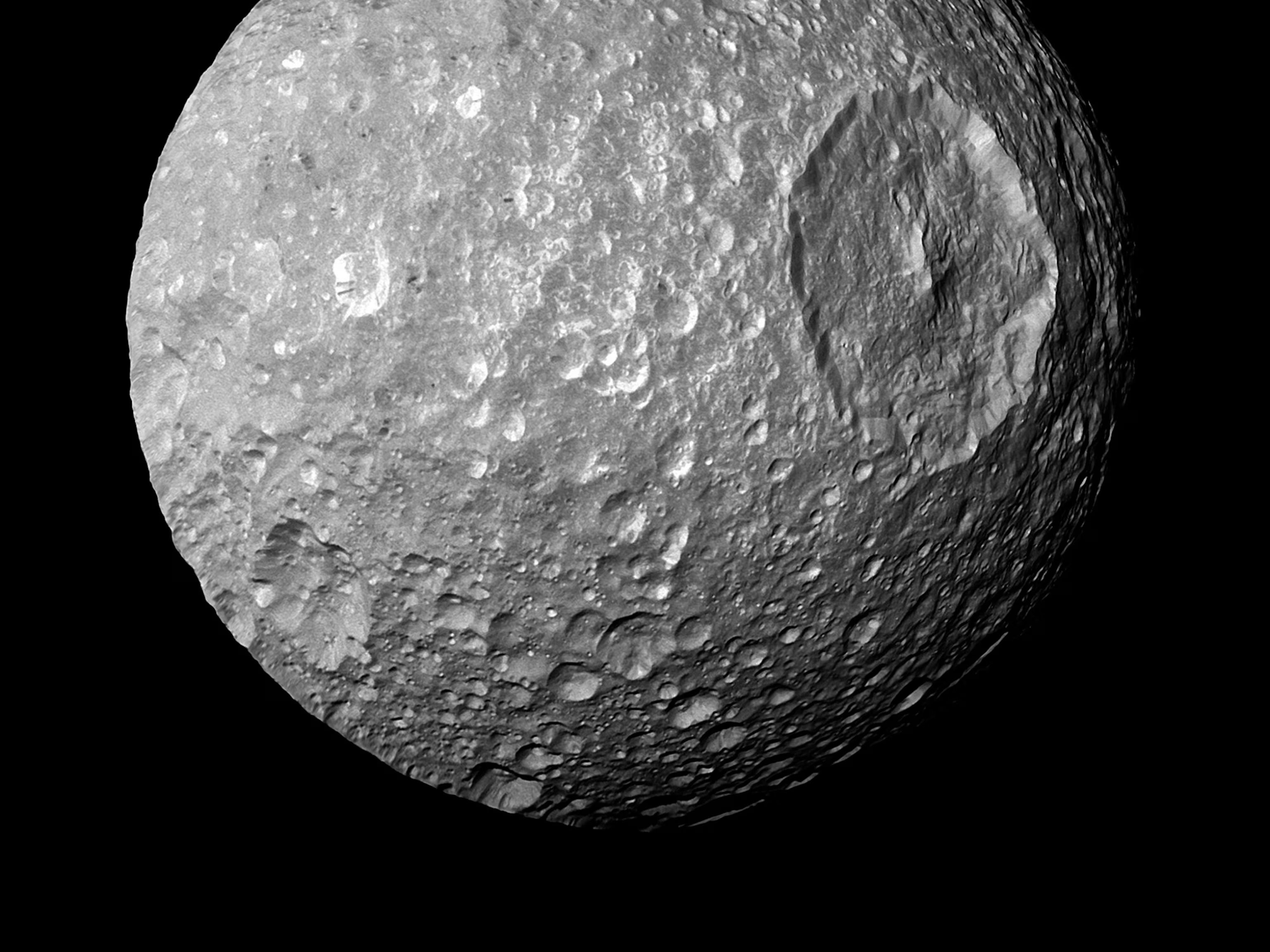
Formed a staggering 4 billion years ago during the tumultuous birth of our solar system, the South Pole crater basin is like a cosmic time capsule. It preserves precious evidence from that chaotic era
This discovery suggests our nearest neighbor in space harbors many more underground secrets waiting to be uncovered. With each groundbreaking lunar discovery and ambitious robotic or human surface mission, we peel back another layer concealing the ultimate mysteries about our nearest neighbor in space.
Mapping the Intricate Lunar ‘Gravitational Landscape’
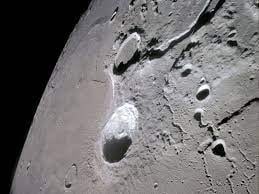
GRAIL mapped out the subtle rises and dips in the strength of the Moon’s gravitational pull across its surface. These variations form an intricate ‘landscape’ directly reflecting the densities of material in the layers underground.
By studying this gravity map, scientists can decipher the Moon’s internal architecture shaped by cosmic processes over eons of time. These underground secrets could reveal profound truths about how our Earth – and the entire universe – formed during the explosive birth of the Big Bang billions of years ago.


